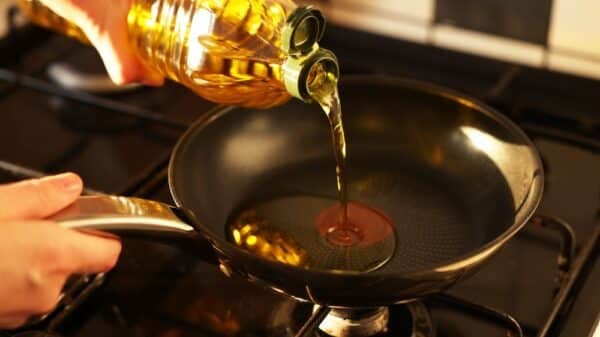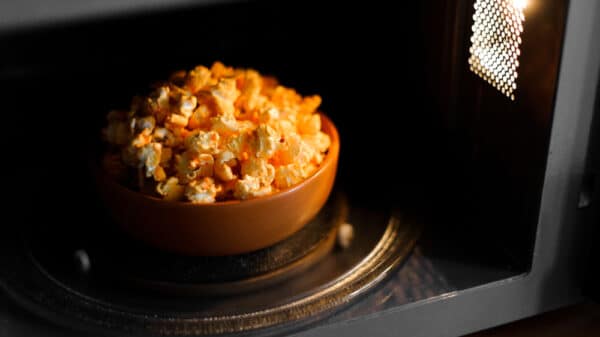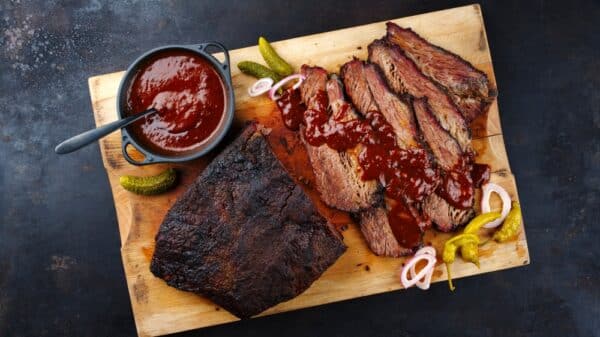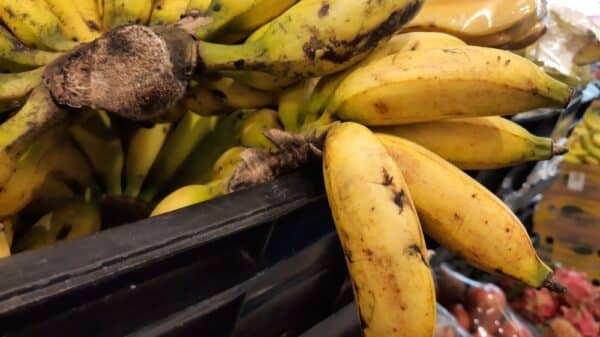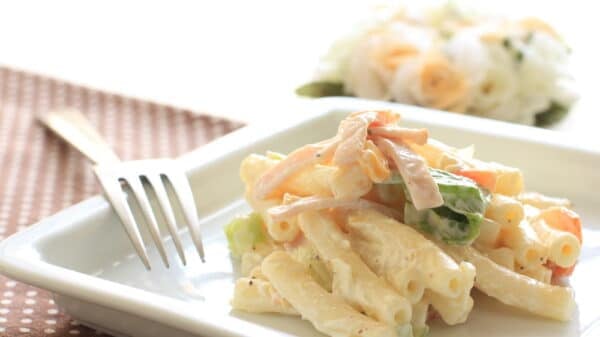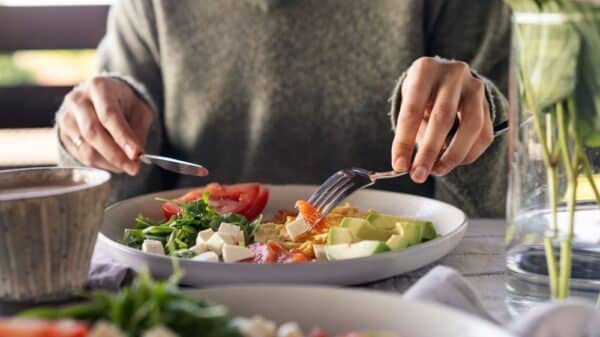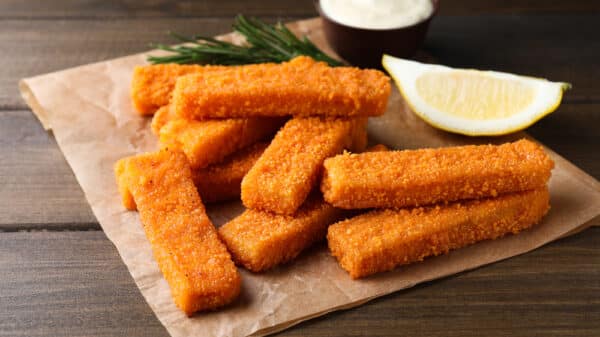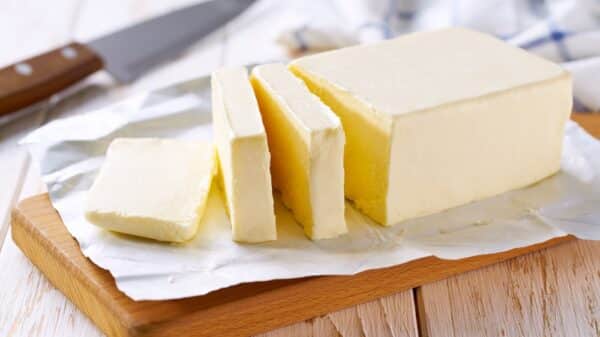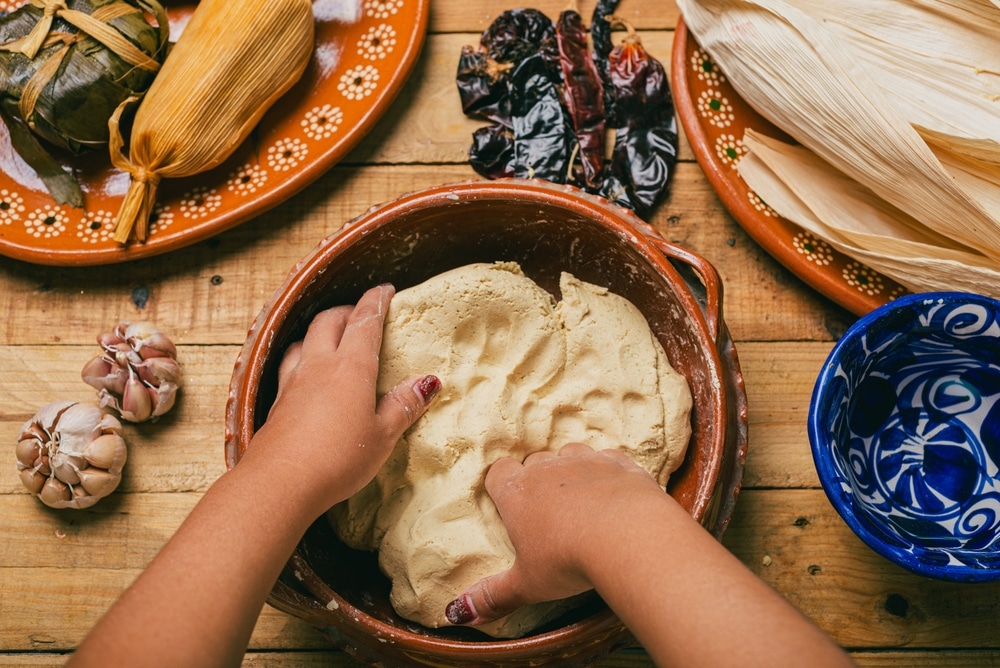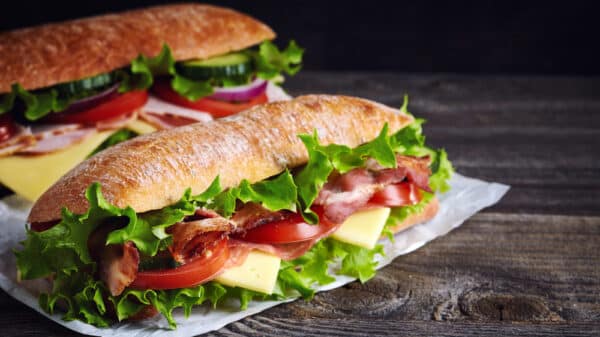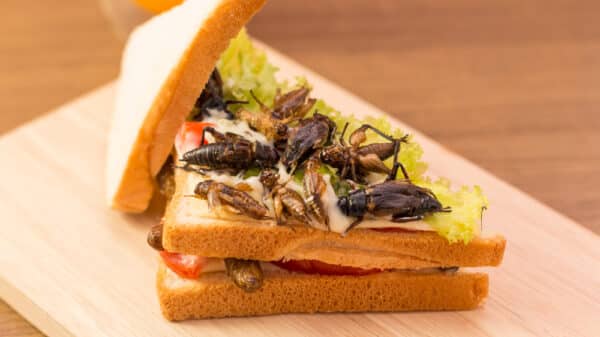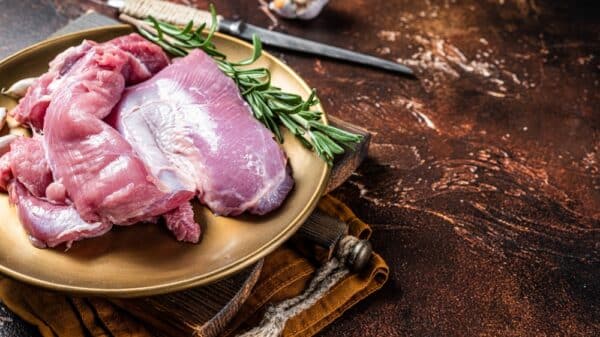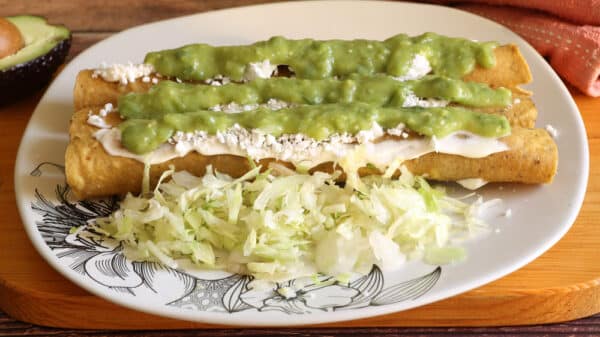Tamales might seem daunting for many people, often perceived as a culinary feat best left for special occasions or expert chefs. However, making tamales at home is much more accessible than it appears when you understand the common pitfalls along the way. It’s not so much that tamales are technically complicated, but rather that they can easily become troublesome with minor missteps, especially for beginners. Thankfully, you can sidestep these issues with a little guidance.
To gain deeper insights, we turned to two seasoned enthusiasts in the world of tamale-making—professional chefs who have spent years navigating the many twists and turns that come with crafting these delicious packages of flavor. Their vast experience and expertise help unravel the complexities of tamale production, and they were more than willing to share their top tips to enhance your tamale-making game. So whether you’re a tamale aficionado looking to boost your skills or a newbie eager for a hands-on adventure in the kitchen, here are some common mistakes to avoid, ensuring your next batch surpasses all expectations.
One common error with homemade tamales is skimping on the fat in your masa. Masa, often confused with masa harina, is the dough that forms the outer layer of tamales. It plays a critical role not just in taste, but in texture as well. Many people don’t realize that using insufficient fat can create a host of problems. Lard has traditionally been the go-to fat in Mexican cuisine. If you can’t find lard or prefer not to use it, vegetable shortening can be a fantastic substitute, yielding results that are close to lard while catering to vegetarians and vegans. Chef Ellen Marie Bennett, who learned the art of tamale-making from her grandmother, suggests using butter for sweet tamales, lending them a rich flavor.
But it’s not just the type of fat you use that matters; it’s the amount! According to Lucia Gomez, sous chef at Mezcal in Los Cabos, insufficient fat can lead to frustrating results—like tamales that stick stubbornly to their husks during unwrapping. Imagine the disappointment of unwrapping your precious creation, only to find half of it clinging to the parchment like a determined little critter! A properly prepared masa forms a protective layer thanks to the fat, meaning your tamales will slide right out when you’re ready to enjoy them. If the fat content is low, the texture will also suffer, missing that lovely tender quality we all crave.
Another essential aspect that can easily be overlooked is the technique of whipping the fat before adding it to the masa. This step is crucial for achieving that delightful airy and spongy quality that distinguishes great tamales from mediocre ones. You might think, “Do I really need to whip the fat? Isn’t it just extra work?” Well, it turns out that taking a few extra minutes for this important step is well worth it. Chef Bennett suggests whipping the fat until it reaches a silky texture similar to cake frosting. By aerating the fat, you’re folding in air, which results in a lighter masa and ultimately, fluffier tamales. If possible, use a stand mixer for this, as it saves time and effort and ensures you get the consistency just right.
Finding the happy medium when mixing the masa can also trip up even the most well-intentioned chefs. Both overmixing and undermixing are frequent mistakes that can lead to undesirable textures in your tamales. Overmixing is particularly easy to do, especially if you’re using a stand mixer. The goal is to strike a balance—knead the masa just enough so that it resembles a thick, airy cake batter (think less dense than bread dough but thicker than pancake batter).
If you under mix, though, you risk ending up with a leaden, dense texture. Lucia Gomez stresses that a well-mixed masa is the secret to airy, fluffy tamales, while overmixing can rob them of that delightful lift. Remember, tamale making is all about balance; take your time and don’t rush through the mixing process.
And let’s not forget the importance of hydration in making your masa. Insufficiently hydrated masa often leads to dry and crumbly tamales—definitely not the tender, juicy bites we all dream of. This mistake is particularly disheartening because by the time you realize your masa is too dry, it’s too late! Chef Gomez explains that achieving and maintaining the right moisture level is key, even though well-hydrated masa can be a bit harder to handle. Stick to the hydration guidelines in your recipe and resist the urge to shortcut. A hydrated masa may feel sticky, but that’s a sign of success!
Finally, don’t underestimate the massive impact seasoning can have on your tamales. Many people overlook the masa, thinking it’s only a carrier for the filling. However, the masa deserves its own spotlight and should be well seasoned. Lucia expresses that incorporating salt into the masa elevates the overall flavor. Ellen agrees, noting that “a well-seasoned masa will make your tamales shine.” Don’t hold back on adding spices either—taste as you go and adjust accordingly. If possible, using broth instead of water not only adds moisture but significantly enhances the flavor profile. Whether you make your own stock or choose a quality store-bought option, ensure it’s something you love to eat.
By keeping these tips in mind, the next time you set out to make tamales, you’ll feel more focused and prepared, which of course leads to better results. The journey of mastering tamale-making is as satisfying as the end product; with a little patience and the right techniques, you’ll soon appreciate why these little bundles of joy are a staple in many cultures. So roll up your sleeves and get ready to impress your family and friends with your newfound tamale expertise!Tamales have become a beloved staple across many kitchens, but making them perfectly can sometimes feel a bit daunting. Many home cooks fall into common traps that can derail the tamale-making experience. Whether you’re a novice looking to impress your family or a seasoned chef seeking to refine your technique, understanding these pitfalls can enhance your tamale game significantly.
One major mistake many make is not recognizing the regional variations among tamales. While most may be familiar with the classic Mexican varieties, Delta-style tamales represent a delicious twist. Originating from the Mississippi Delta, these tamales are notably smaller and are made with cornmeal instead of the masa harina used in traditional Mexican recipes. This difference produces a grainier texture and a heartier corn taste that captivates many eaters. Unfortunately, outside of the American South, Delta-style tamales are often left undiscovered, missing out on the joy they can bring to a dinner table.
When it comes to preparing the masa, the float test is a game changer. Many people struggle to get masa just right, which can lead to some frustrating experiences down the line. Imagine going through the entire steaming process only to bite into a dry, sticky mess! To save yourself the trouble, you can use a simple trick: the float test. Take a small piece of masa, drop it in a glass of water, and watch what happens. If it floats, you’re golden! It means your masa is light and airy, ready for forming tamales. On the other hand, if it sinks, it’s a sign that you need to incorporate a bit more fat. As culinary expert Ellen Marie Bennett stresses, this step is crucial for achieving that perfect tamale texture. Chef Lucia Gomez further explains that the essence of masa relies on a proper balance of fat and other ingredients, ensuring your tamales won’t stick to their wrappers.
Continuing with preparation, it’s vital to give your corn husks some much-needed TLC. Many home cooks make the mistake of skipping the soaking step, leading to husks that break apart during assembly. Soaking the corn husks in hot water for approximately 30 minutes allows them to become pliable and easy to work with. Ellen Marie Bennett suggests taking the extra step of separating thicker husks before soaking them, which ensures that everything softens uniformly. And if you’re exploring more regional variants, in some regions of Oaxaca, banana leaves take the stage instead of corn husks, giving the tamales a subtly sweet flavor that’s irresistible.
Once you move onto assembling your tamales, keep an eye on the amount of masa you’re using. It’s an intuitive step, but it’s easy to overdo it. Typically, about two tablespoons of masa is all you need, spread thinly over the husk. You want to ensure the filling is the star of the show, not the masa! Overloading on masa can result in tamales that are dense and more like steamed cornbread than savory bites packed with flavor. So, remember to leave some space—a one-inch margin at the top and sides should help keep everything contained and balanced.
Another common pitfall? Sticking to the same fillings. The beauty of tamales lies in their versatility! While classic fillings like pork with red chile or chicken with green chile are beloved, why not venture out of your comfort zone? Ellen Marie Bennett highlights fun options like sweet dessert tamales filled with pineapple or chocolate mole, offering a delightful surprise. Don’t hesitate to experiment! Think grilled corn with mango salsa or roasted vegetables and chimichurri. Consider the interplay of fat, liquid, and filling; this approach adds depth and coherence to your creations.
Lastly, tamale-making should be a textured adventure worth sharing with loved ones. Dive into the communal aspects of preparing and enjoying tamales together. Gather family or friends, toss ideas around, and ultimately create delicious memories wrapped in unique tamale flavors. Embrace the process, adjust your techniques, and soon enough, you’ll find your place among the tamale-making experts. Happy cooking!



